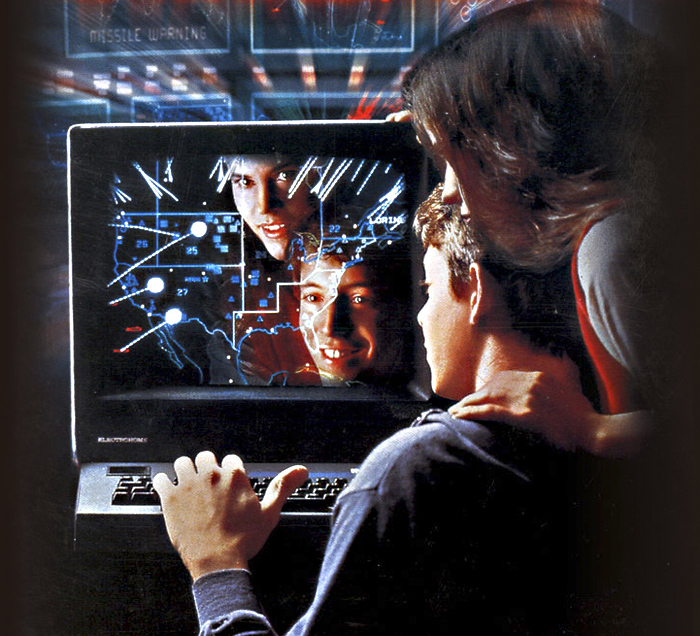Thanks to millions of dollars in government contracts, the supercomputers of Seattle-based Cray Inc. are helping the Pentagon test its newest bulletproof vests, gauge the accuracy of modern missiles, and even forecast the weather on battlefields. But do the mind-dazzling electronic processors want to play a game? That of course was the question the computer in the Seattle-based movie War Games asked 25 years ago, luring Matthew Broderick’s character into a contest of global thermonuclear war (“I’ll be the Russians!” Broderick exclaimed).
Could one of Cray’s modern supercomputers—capable of 1,000,000,000,000,000 calculations in the time you can do one—go rogue, launch our missiles, and destroy this hopeful new Obamaworld? (Who gets to be the Russians: Iran or North Korea?) In a lighthearted way, we asked Cray about that, and what tasks, exactly, its computers are capable of performing for the Department of Defense today. Thanks but no thanks, said Cray. “I wouldn’t say the work is hush-hush,” Cray spokesperson Nick Davis said. “But we prefer not to comment.”
Davis referred us to some company press releases, which, for the average PC user, require deciphering. The notices speak of “advanced parallel global addressing programming models,” used by “critical defense applications in solid and structural mechanics that require extremely low latency communications.” But Pentagon and other government contracts, along with media reports, crack open the lab door a bit. Cray is the Army’s brain in many respects, having contracted to modernize military computers for most of this decade. John Parmentola, an Army research official, says the advances have led to the development of new lightweight materials that can lessen the physical burden of a soldier’s backpack and slim down the heavy armor on a tank. At a press conference in California this year, he mentioned, almost in passing, that supercomputers were also beginning to simulate “the behavior of materials at the atomic and molecular level.”
And they’re picking up speed: In 2005, Cray’s X1E processor had a peak performance of 18 billion calculations per second after being installed at the Army High Performance Computing Research Center, which recently relocated from the University of Minnesota to Stanford University. But that’s nothing compared to Cray’s new XT supercomputer, nicknamed the Jaguar, which set a world record last month, breaking what is known as the petaflops barrier—a quadrillion mathematical calculations per second. Cray says one of its machines was the first to achieve sustained gigaflops speed (one billion calculations per second) in 1989, and another Cray computer broke the teraflops barrier (one trillion calculations per second) in 1998.
Cray’s latest Army contract is for $30 million, calling for three supercomputers to be installed at the Major Shared Resource Center at Aberdeen Proving Grounds, Maryland. The most powerful is an XT5, which Cray CEO Peter Ungaro says in a news release will aid “development of critical weapons systems” and help “strengthen our national security.” And with 41.6 terabytes of memory, it can probably play just about any game you can think of.








